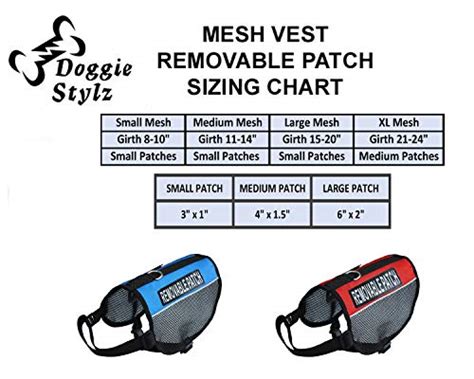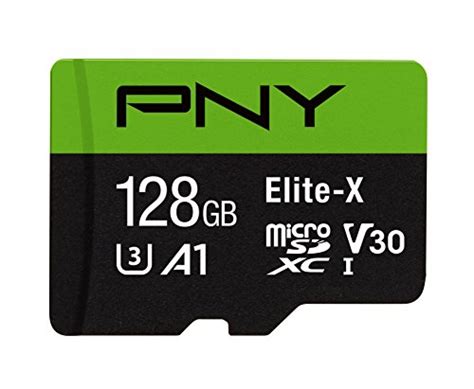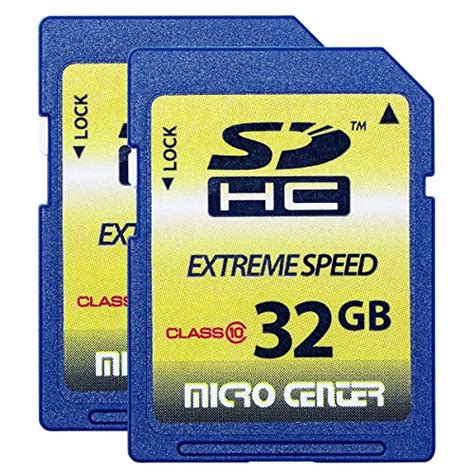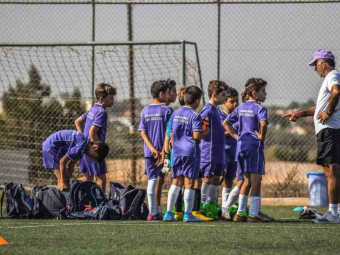
Towards Data Science
Jun 11, 2018
Save
Classification is the process of predicting the class of given data points. Classes are sometimes called as targets/ labels or categories. Classification predictive modeling is the task of approximating a mapping function (f) from input variables (X) to discrete output variables (y).
For example, spam detection in email service providers can be identified as a classification problem. This is s binary classification since there are only 2 classes as spam and not spam. A classifier utilizes some training data to understand how given input variables relate to the class. In this case, known spam and non-spam emails have to be used as the training data. When the classifier is trained accurately, it can be used to detect an unknown email.
Classification belongs to the category of supervised learning where the targets also provided with the input data. There are many applications in classification in many domains such as in credit approval, medical diagnosis, target marketing etc.
There are two types of learners in classification as lazy learners and eager learners.
Lazy learners simply store the training data and wait until a testing data appear. When it does, classification is conducted based on the most related data in the stored training data. Compared to eager learners, lazy learners have less training time but more time in predicting.
Ex. k-nearest neighbor, Case-based reasoning
2. Eager learners
Eager learners construct a classification model based on the given training data before receiving data for classification. It must be able to commit to a single hypothesis that covers the entire instance space. Due to the model construction, eager learners take a long time for train and less time to predict.
Ex. Decision Tree, Naive Bayes, Artificial Neural Networks
There is a lot of classification algorithms available now but it is not possible to conclude which one is superior to other. It depends on the application and nature of available data set. For example, if the classes are linearly separable, the linear classifiers like Logistic regression, Fisher’s linear discriminant can outperform sophisticated models and vice versa.
Decision tree builds classification or regression models in the form of a tree structure. It utilizes an if-then rule set which is mutually exclusive and exhaustive for classification. The rules are learned sequentially using the training data one at a time. Each time a rule is learned, the tuples covered by the rules are removed. This process is continued on the training set until meeting a termination condition.
The tree is constructed in a top-down recursive divide-and-conquer manner. All the attributes should be categorical. Otherwise, they should be discretized in advance. Attributes in the top of the tree have more impact towards in the classification and they are identified using the information gain concept.
A decision tree can be easily over-fitted generating too many branches and may reflect anomalies due to noise or outliers. An over-fitted model has a very poor performance on the unseen data even though it gives an impressive performance on training data. This can be avoided by pre-pruning which halts tree construction early or post-pruning which removes branches from the fully grown tree.
Naive Bayes is a probabilistic classifier inspired by the Bayes theorem under a simple assumption which is the attributes are conditionally independent.
The classification is conducted by deriving the maximum posterior which is the maximal P(Ci|X) with the above assumption applying to Bayes theorem. This assumption greatly reduces the computational cost by only counting the class distribution. Even though the assumption is not valid in most cases since the attributes are dependent, surprisingly Naive Bayes has able to perform impressively.
Naive Bayes is a very simple algorithm to implement and good results have obtained in most cases. It can be easily scalable to larger datasets since it takes linear time, rather than by expensive iterative approximation as used for many other types of classifiers.
Naive Bayes can suffer from a problem called the zero probability problem. When the conditional probability is zero for a particular attribute, it fails to give a valid prediction. This needs to be fixed explicitly using a Laplacian estimator.
Artificial Neural Network is a set of connected input/output units where each connection has a weight associated with it started by psychologists and neurobiologists to develop and test computational analogs of neurons. During the learning phase, the network learns by adjusting the weights so as to be able to predict the correct class label of the input tuples.
There are many network architectures available now like Feed-forward, Convolutional, Recurrent etc. The appropriate architecture depends on the application of the model. For most cases feed-forward models give reasonably accurate results and especially for image processing applications, convolutional networks perform better.
There can be multiple hidden layers in the model depending on the complexity of the function which is going to be mapped by the model. Having more hidden layers will enable to model complex relationships such as deep neural networks.
However, when there are many hidden layers, it takes a lot of time to train and adjust wights. The other disadvantage of is the poor interpretability of model compared to other models like Decision Trees due to the unknown symbolic meaning behind the learned weights.
But Artificial Neural Networks have performed impressively in most of the real world applications. It is high tolerance to noisy data and able to classify untrained patterns. Usually, Artificial Neural Networks perform better with continuous-valued inputs and outputs.
All of the above algorithms are eager learners since they train a model in advance to generalize the training data and use it for prediction later.
k-Nearest Neighbor is a lazy learning algorithm which stores all instances correspond to training data points in n-dimensional space. When an unknown discrete data is received, it analyzes the closest k number of instances saved (nearest neighbors)and returns the most common class as the prediction and for real-valued data it returns the mean of k nearest neighbors.
In the distance-weighted nearest neighbor algorithm, it weights the contribution of each of the k neighbors according to their distance using the following query giving greater weight to the closest neighbors.
Usually KNN is robust to noisy data since it is averaging the k-nearest neighbors.
After training the model the most important part is to evaluate the classifier to verify its applicability.
There are several methods exists and the most common method is the holdout method. In this method, the given data set is divided into 2 partitions as test and train 20% and 80% respectively. The train set will be used to train the model and the unseen test data will be used to test its predictive power.
Over-fitting is a common problem in machine learning which can occur in most models. k-fold cross-validation can be conducted to verify that the model is not over-fitted. In this method, the data-set is randomly partitioned into k mutually exclusive subsets, each approximately equal size and one is kept for testing while others are used for training. This process is iterated throughout the whole k folds.
Precision is the fraction of relevant instances among the retrieved instances, while recall is the fraction of relevant instances that have been retrieved over the total amount of relevant instances. Precision and Recall are used as a measurement of the relevance.
ROC curve is used for visual comparison of classification models which shows the trade-off between the true positive rate and the false positive rate. The area under the ROC curve is a measure of the accuracy of the model. When a model is closer to the diagonal, it is less accurate and the model with perfect accuracy will have an area of 1.0
--
12
--
--
12
Your home for data science. A Medium publication sharing concepts, ideas and codes.
Prukalpa
in
Towards Data Science
Manpreet Singh
Annie Carmichael
Manpreet Singh
Krishna Kanth
in
Beginner @ Data Science
Rose Day
in
Towards Data Science
Brevi Assistant
Brevi Assistant
AboutHelpTermsPrivacy
Associate Technical Lead at SyscoLABS
Michael Galarnyk
in
Towards Data Science
Keith Chan
Afrid Mondal
Abderrazak Bajjou
Help
Status
Writers
Blog
Careers
Privacy
Terms
About
Knowable
 Fairwin Braided Leather Dog Training Leash 6 Foot 56 Foot Military Grade H
Fairwin Braided Leather Dog Training Leash 6 Foot 56 Foot Military Grade H
 3m Reflective Dog Leash 5ft Long With Traffic Padded Handle Dog Training Leas
3m Reflective Dog Leash 5ft Long With Traffic Padded Handle Dog Training Leas
 How To Be Your Dogs Best Friend The Classic Training Manual For Dog Owners
How To Be Your Dogs Best Friend The Classic Training Manual For Dog Owners
 Classical Naptime For Tots
Classical Naptime For Tots
 Doggie Stylz Set Of 2 Reflective Therapy Dog In Training Removable Patches Wit
Doggie Stylz Set Of 2 Reflective Therapy Dog In Training Removable Patches Wit
 6 Pcs Service Dog In Trainingworkingstress Amp Anxiety Response Embroidere
6 Pcs Service Dog In Trainingworkingstress Amp Anxiety Response Embroidere
 Service Dog In Training Patch With Hook Back And Reflective Lettering For Servic
Service Dog In Training Patch With Hook Back And Reflective Lettering For Servic
 Four Paws Wee Wee Pee Pads For Dogs And Puppies Training L Gigantic Xl St
Four Paws Wee Wee Pee Pads For Dogs And Puppies Training L Gigantic Xl St
 Pny 128gb Elite X Class 10 U3 V30 Microsdxc Flash Memory Card 100mbs
Pny 128gb Elite X Class 10 U3 V30 Microsdxc Flash Memory Card 100mbs
 Academy Of Beasts V Shifter Romance
Academy Of Beasts V Shifter Romance
 Beast Academy 5a Practice
Beast Academy 5a Practice
 32gb Class 10 Sdhc Flash Memory Card Standard Full Size Sd Card Ush I U
32gb Class 10 Sdhc Flash Memory Card Standard Full Size Sd Card Ush I U













